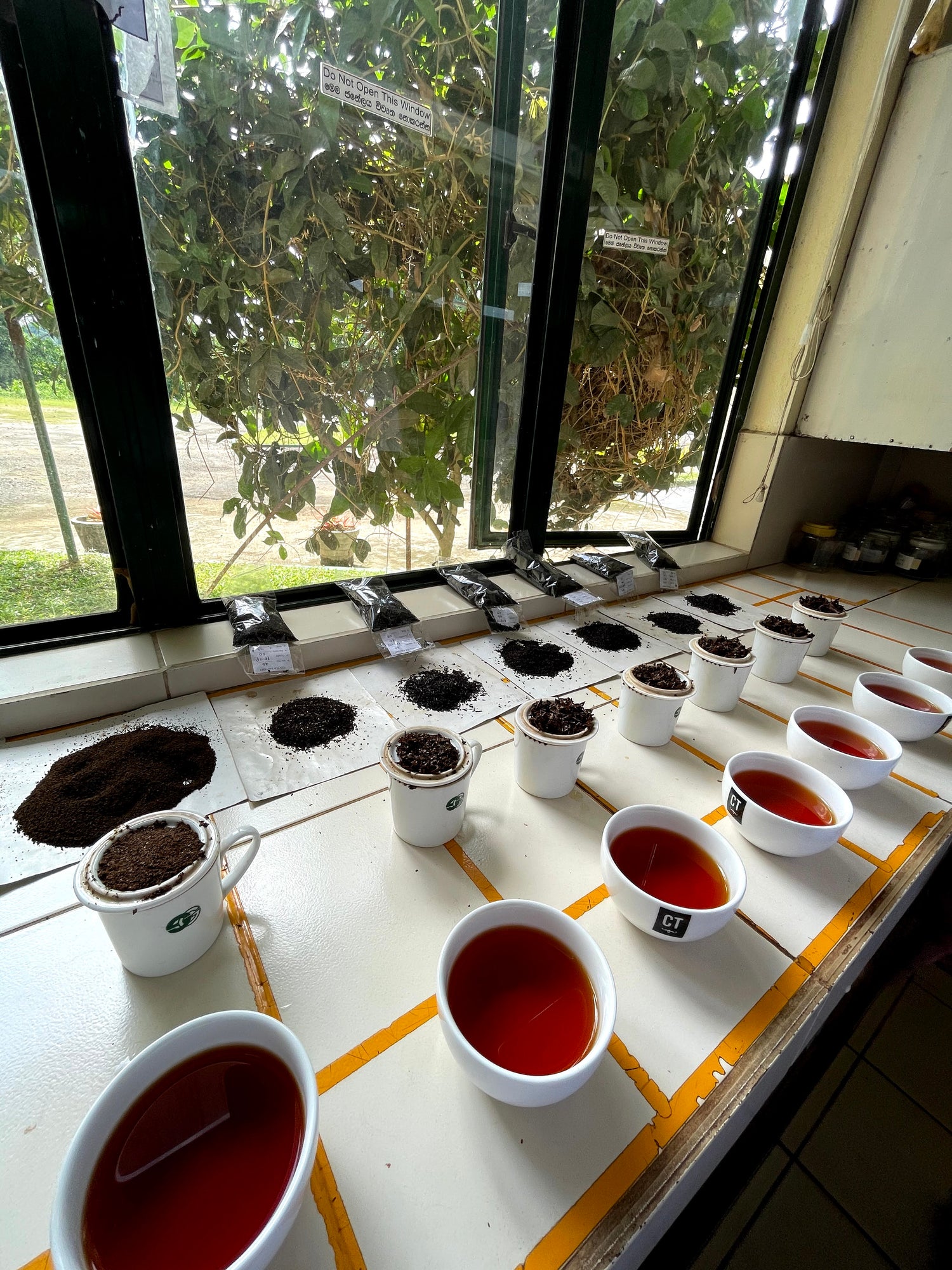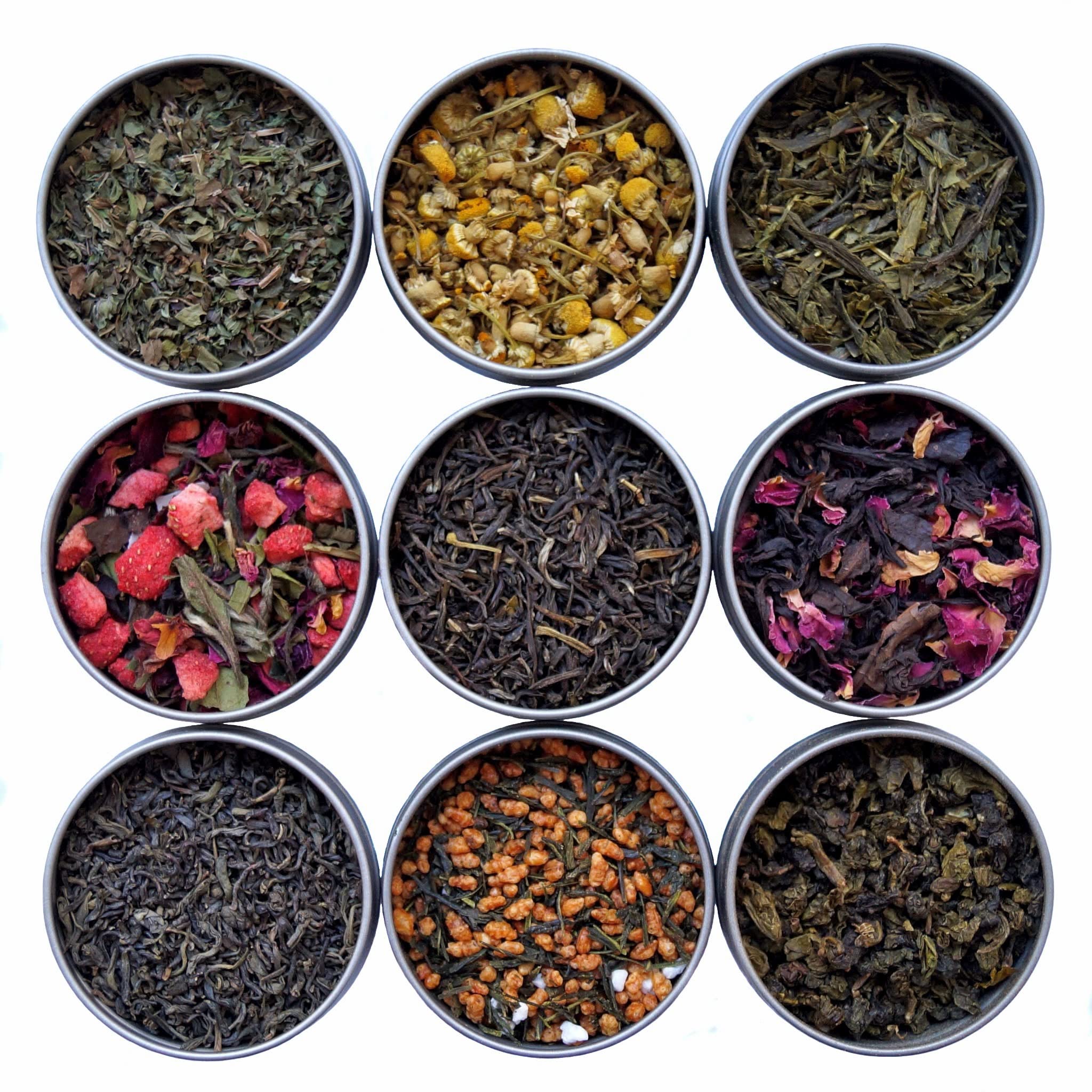For centuries, tea has been celebrated as one of the most popular beverages in the world. From ancient traditions to modern-day tea enthusiasts worldwide, the appreciation for tea transcends borders and cultures. With the rise in popularity of different tea forms, enthusiasts find themselves faced with a delightful dilemma: extract, loose leaf, or concentrate? Let’s delve into the nuances of each brewing method, comparing their characteristics, benefits, and potential drawbacks.
Understanding the Different Tea Forms
Extract Tea:
Extract tea, often referred to as tea bags or tea sachets, is the most widely consumed tea form globally. It involves processing tea leaves into a fine powder or granules and packing them into convenient, pre-measured bags. Extract tea is quick and straightforward to prepare, requiring minimal effort and expertise. It offers a consistent flavor profile, making it a popular choice for individuals with busy lifestyles.
Loose Leaf Tea:
On the other end of the spectrum lies loose leaf tea – the traditional and artful method of brewing tea. In this form, the whole or partially broken tea leaves retain their natural shape, providing a richer and more nuanced flavor experience. Loose leaf tea allows for customization and experimentation, as tea enthusiasts can adjust the quantity and brewing time to create their perfect cup of tea.
Concentrate Tea:
Concentrate tea, a relatively recent innovation, is gaining momentum among tea lovers. It involves steeping a large amount of tea leaves in water to create a potent liquid concentrate. This concentrated form can be stored and diluted with water or milk to produce a quick and consistent cup of tea whenever desired.
Flavor Complexity: Extract vs. Loose Leaf Tea vs. Concentrate
Extract Tea:
The main advantage of extract tea lies in its convenience. The finely ground tea particles fully express the subtleties of the tea leaves, leading to a bold flavor. Extract tea is perfect for people who have busy days and are looking for an instant pick me up!
Loose Leaf Tea:
Loose leaf tea, owing to its whole leaf form, offers a variety of flavors that span from delicate floral notes to robust and earthy undertones. The larger surface area of the leaves allows for a more complete infusion of flavors and aromas during the steeping process. As a result, loose leaf tea embodies a sensory adventure that delights the palate and engages the senses.
Concentrate Tea:
Concentrate tea falls somewhere between extract and loose leaf tea in terms of flavor complexity. While it may not offer the same level of intricacy as loose leaf tea, concentrate tea does deliver a more well-rounded taste compared to extract tea. The concentration process can intensify certain flavors, making it a suitable option for those who desire stronger, bolder notes in their tea.
When it comes to choosing the best tea form – extract, loose leaf, or concentrate – the answer is not a one-size-fits-all solution. Each method has its unique advantages, be it convenience, flavor complexity, health benefits, or environmental impact.
Ultimately, the decision comes down to personal preference and priorities. Whether you are an on-the-go tea lover, a tea connoisseur, or someone who craves both convenience and a memorable tea-drinking experience, exploring all three forms of tea can enrich your journey through the world of tea culture. Embrace the diversity and savor every sip as you discover the brew that best suits your taste buds and lifestyle.




Leave a comment
This site is protected by hCaptcha and the hCaptcha Privacy Policy and Terms of Service apply.